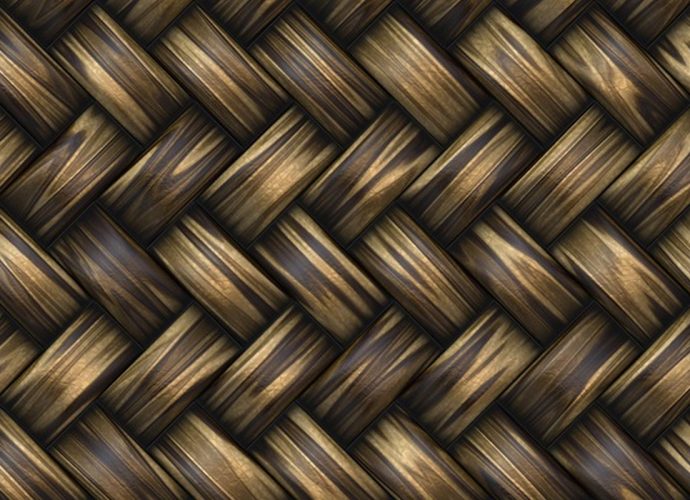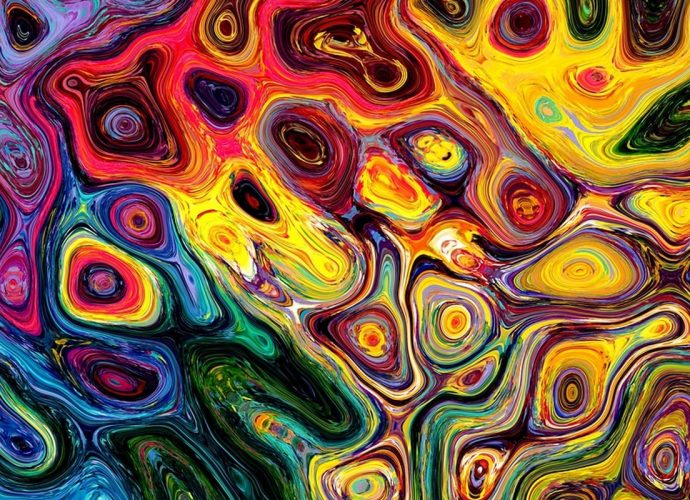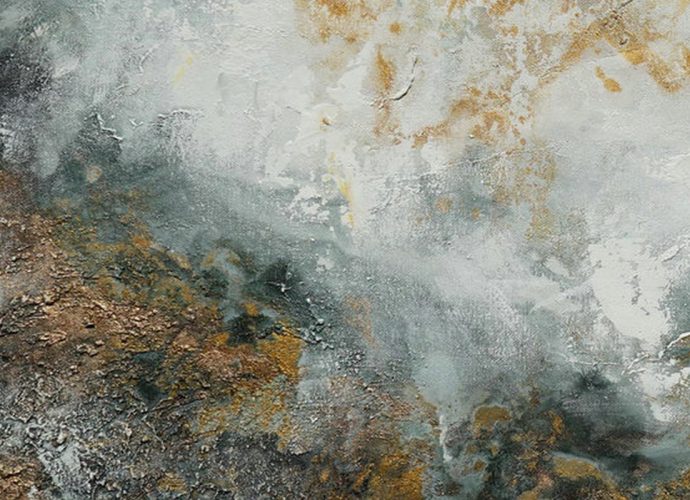Where Is Coal Found And How Is It Formed?
North American coal deposits were first discovered by French explorers and fur traders along the shores of Grand Lake in central New Brunswick, Canada in the 1600s. Coal seams were exposed where rivers flowed into the lake and was dug by hand off the surface and from tunnels dug intoRead More →









